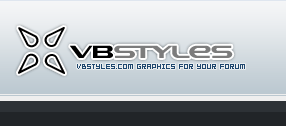Regarding a "383" SBC, I was just trying to clarify some information I received from H&M in Richmond. I was kind of turned off when they told me their "383" was subject to more rapid wear on the cylinder sides due to "short rods", yet their advertisement on the Internet says "A 350 engine built with 400 C.I. longer stroke crank and 400 C.I. Connecting Rods" ($1433 with 4-bolt exchange). Thus they ARE selling a 383 although they use a 0.040" overbore which makes the actual displacement a little more than 384 cu. in. However on page 150 of David Vizard's "How to Build Max Performance Chevy Small Blocks on a Budget" a buildup of a 383 in includes a recommendation for SCAT 6" rods. Thus the stock rods are shorter than the SCAT rods, the question is are the longer rods really necessay or just a luxury?
This is the second time they have given me some misleading/conflicting information since they told me a Comp Cam XE250 could not be used with high compression heads due to detonation, while I have learned from Tech1 and the Speed-O-Motive web site that low deck height and/or thin gasket will provide squish/quench to permit higher than 9.0 C.R. That is why I continue to blab on this site so I can get several points of view to compare to make my own judgement based on more than one source. Soooo, is there more cylinder wear in a "383" or is this just hype? Just trying to learn the facts before I lay my green on the counter (soon). I am starting to think I will stay conservative and not depart from the specs for a Corvette 300HP-350 very much.
Since this is the "tools" thread, I found an old open end wrench with Ford script on it in my Dad's tool box but I do not know what car it came from/with, but it does show there were Ford wrenches with some models. Dad owned a Model T and I have seen pictures of tool kits with the Model T; I believe he had a '26 T.
Don Shillady
